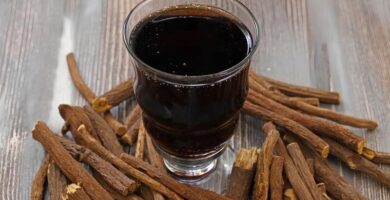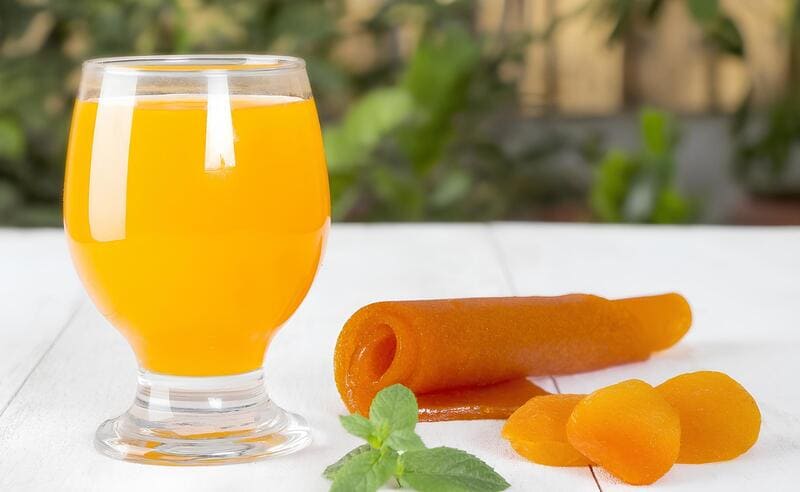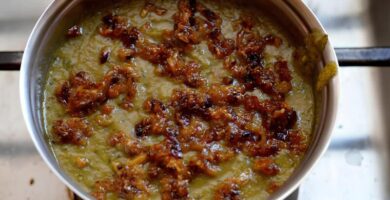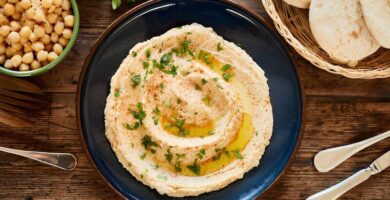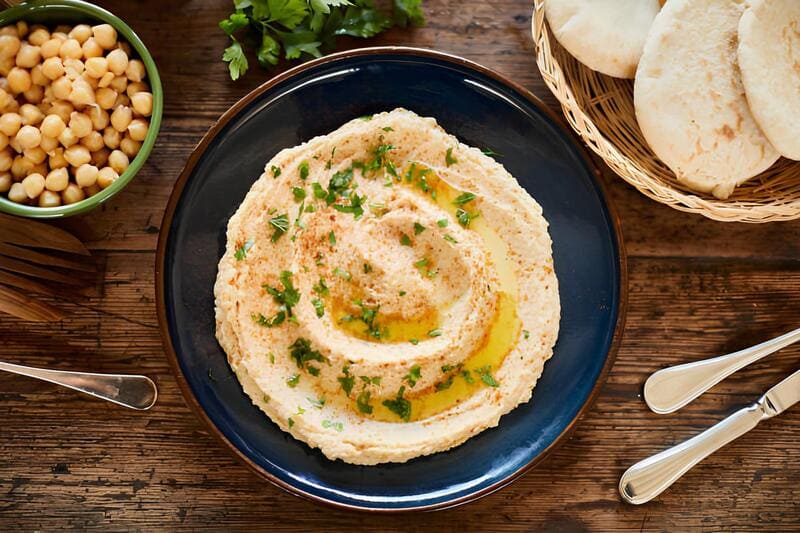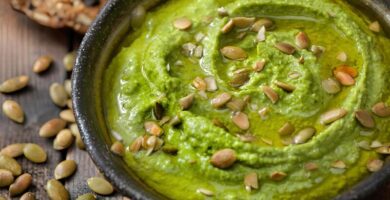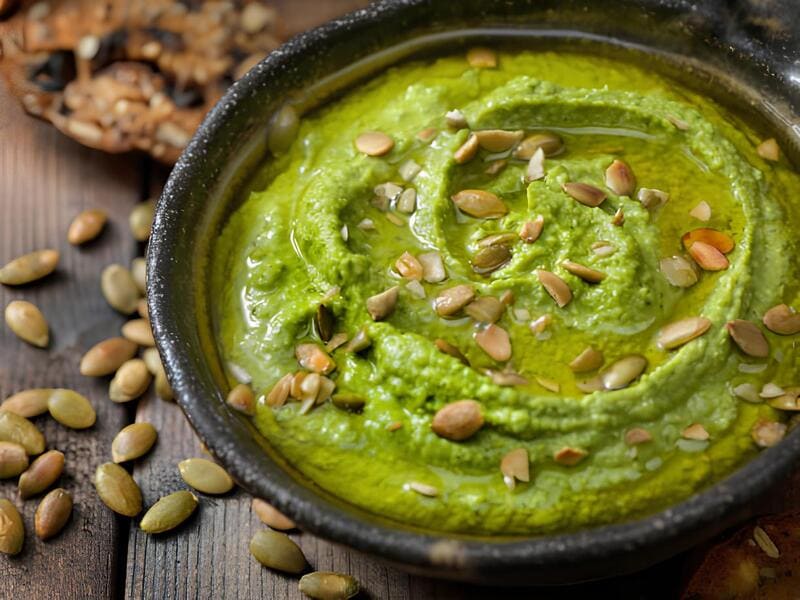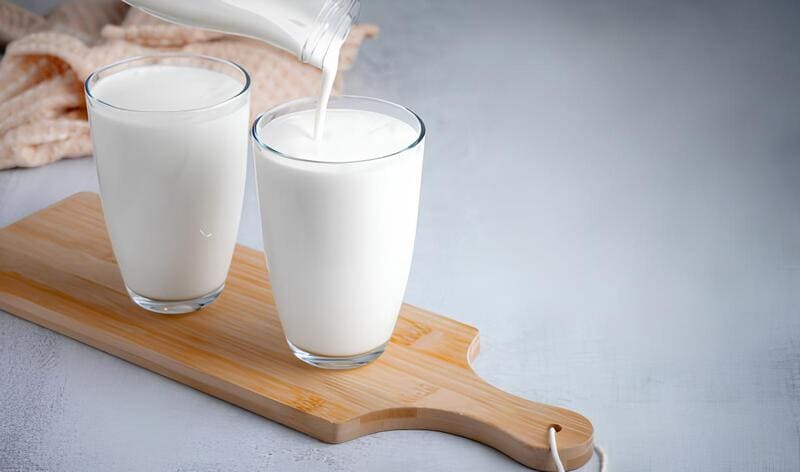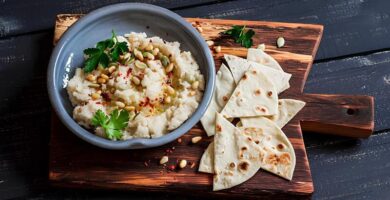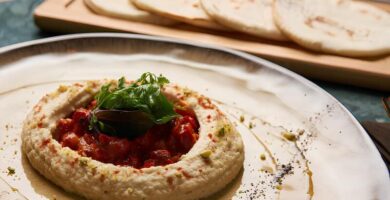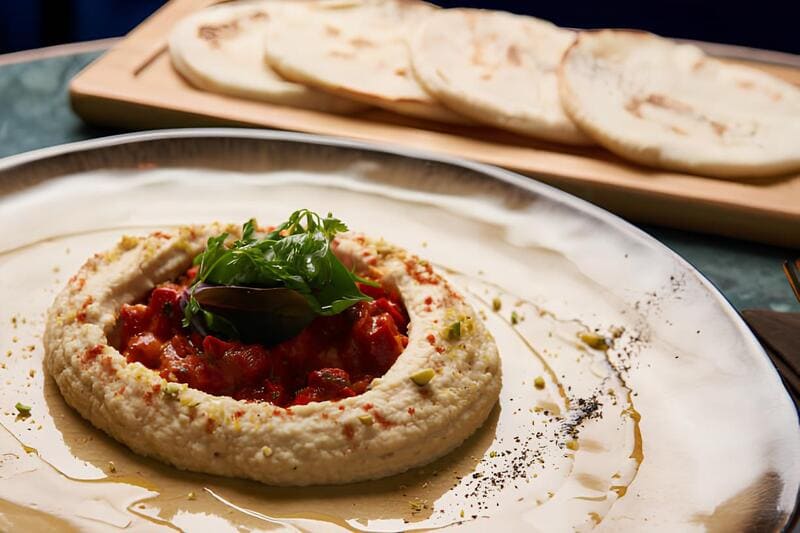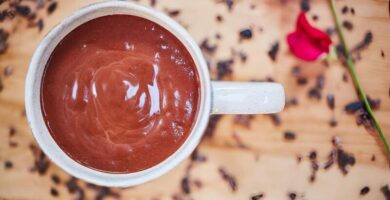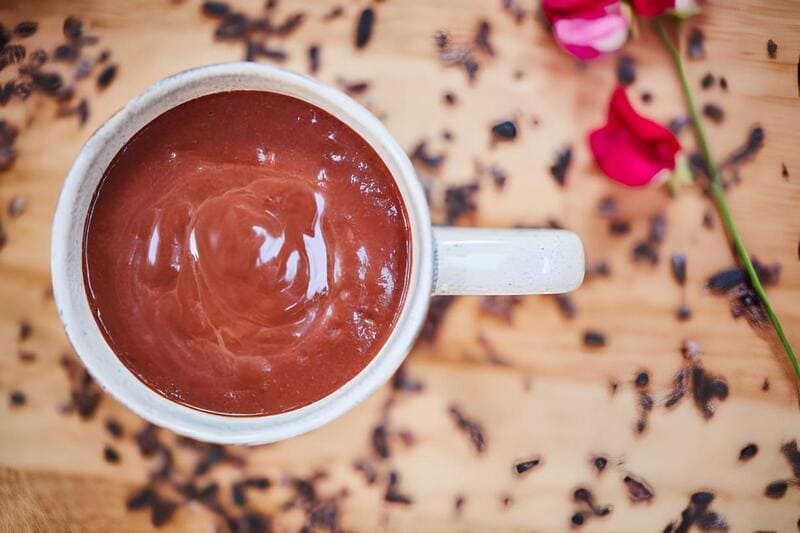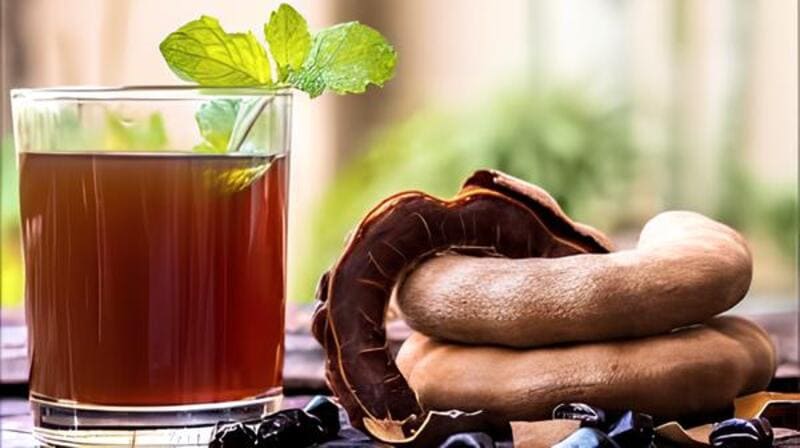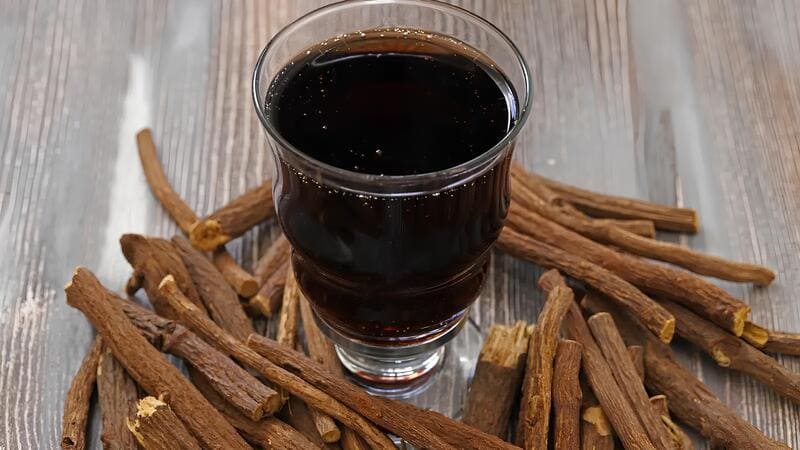
Erk Sous, also known as Egyptian Licorice Drink, is a traditional beverage particularly enjoyed during the holy month of Ramadan. This non-alcoholic drink boasts a distinctive earthy and slightly sweet flavor, offering a nostalgic sip of ancient Egypt. Licorice root, the prime ingredient, is revered for its health benefits and soothing properties.
Despite some people disliking its unique taste and aroma, Erk Sous is believed to keep you hydrated and curb thirst during fasting periods. While it’s refreshing and good for you in moderation, overconsumption can lead to side effects due to its potent active ingredient, glycyrrhizin. Crafting this drink offers a glimpse into Egypt’s rich culinary history.
Ingredients
- 50 grams dried licorice root
- 1/2 teaspoon baking soda
- 1 liter water
Preparation
- Rinse the dried licorice root thoroughly under running water.
- Place the licorice root in a large bowl and sprinkle with baking soda.
- Add a small amount of water to the bowl, just enough to moisten the licorice root. Mix well.
- Let the mixture sit for 6-8 hours or overnight to allow the flavors to develop.
- After soaking, place the softened licorice root in a large saucepan.
- Add 1 liter of water to the saucepan and bring to a boil over medium heat.
- Reduce the heat and let it simmer for 20-30 minutes, allowing the licorice essence to infuse into the water.
- Remove from heat and strain the liquid through a fine mesh sieve or cheesecloth to remove the solids.
- Let the strained liquid cool completely, then refrigerate until chilled.
- Serve the chilled Erk Sous in glasses over ice.
Did you know?
Erk Sous is enjoyed in many Middle Eastern countries and goes by several names, including “liquorice tea” and simply “liquorice drink.” This ancient beverage dates back to the time of the pharaohs, when it was highly valued for its medicinal properties. Historically, licorice root was used by Egyptian physicians to soothe ailments such as gastric ulcers and skin irritations.
In modern times, researchers have confirmed that licorice root contains compounds that can help alleviate stomach issues and reduce inflammation, explaining its historical use as a remedy. However, its active compound, glycyrrhizin, can cause a drop in potassium levels and increase blood pressure if consumed in large quantities, making moderation key.
For people with chronic hypertension or heart issues, it’s advised to limit Erk Sous intake due to its potential side effects. Likewise, pregnant women are recommended to avoid the drink to prevent any adverse effects on the fetus. Despite these caveats, when consumed responsibly, this Egyptian tea offers a taste of history and a plethora of benefits for those who appreciate its unique flavor.
